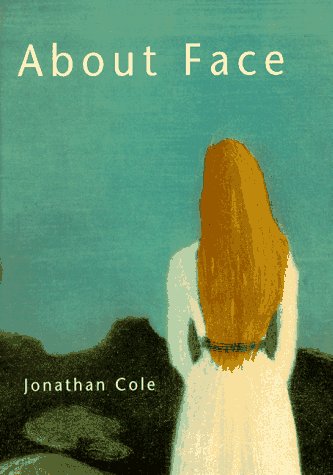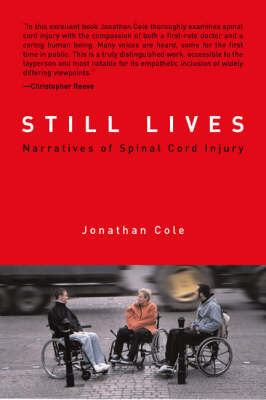Bradford Books
2 total works
What is special about the face, and what happens when neurological conditions make expression of comprehension of the face unavailable? Through a mix of science, autobiography, case studies, and speculation, Jonathan Cole shows the importance not only of facial expressions for communication among individuals but also of facial embodiment for our sense of self. He presents, in his words, "a natural history of the face and an unnatural history of those who live without it". Drawing on work in neurology, human development, anthropology, philosophy, and the arts, the book moves from the biological evolution of the face, through the mechanics of expressionism and perception, to research on the importance of the face in the development of emotion and communication. The heart of the book, though, lies in the experience of people with facial losses of various kinds. The case studies are of blind, autistic, and neurologically impaired persons; the most extreme case involves Mobius syndrome, in which some individuals are born with a total inability to move their muscles and hence to make facial expressions.
Cole suggests that it is only by studying such personal narratives of loss that we can understand facial function and something of what all our faces reflect. As the author advances his natural history and theory of the face, he reveals something of our nature and how it is defined, in part, by the face.
Cole suggests that it is only by studying such personal narratives of loss that we can understand facial function and something of what all our faces reflect. As the author advances his natural history and theory of the face, he reveals something of our nature and how it is defined, in part, by the face.
In writing Still Lives, Jonathan Cole wanted to find out about living in a wheelchair, without having what he calls "the doctor/patient thing" intervene. He has done this by asking people with spinal cord injuries the simple question of what it is like to live without sensation and movement in the body. If the body has absented itself, where does the person reside? He describes his method in the first chapter: "I have gone to people, not with a white coat or a stethoscope...[but] to listen to their lives as they express them," and it is the candid and powerful narratives of twelve people with spinal cord injuries that form the heart of the book.Asking his simple question, Cole discovers that there is no single or simple answer. The twelve people with tetraplegia (known as quadriplegia in the US) or paraplegia whose stories he tells testify to similar impairments but widely differing experiences. Cole employs their individual responses to shape the book into six main sections: "Enduring," "Exploring," "Experimenting," "Observing," "Empowering," and, finally, "Continuing." Each concludes with a commentary on the broader issues raised.
Still Lives moves from a view of impairment as tragedy to reveal the possibilities and richness of experience available to those living with spinal injuries. More universally, it offers new perspectives on our relation to our bodies. In exploring the creative and imaginative adjustments required to construct a "still life," it makes a plea for the able-bodied to adjust their view of this most profound of impairments.
Still Lives moves from a view of impairment as tragedy to reveal the possibilities and richness of experience available to those living with spinal injuries. More universally, it offers new perspectives on our relation to our bodies. In exploring the creative and imaginative adjustments required to construct a "still life," it makes a plea for the able-bodied to adjust their view of this most profound of impairments.

